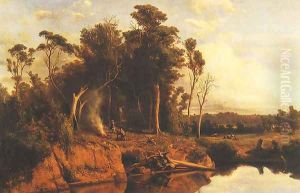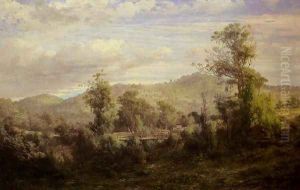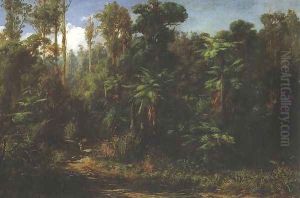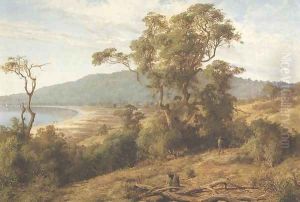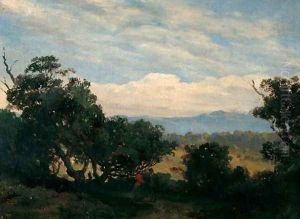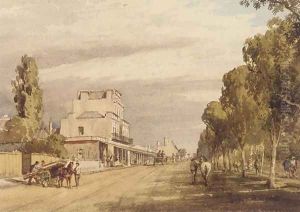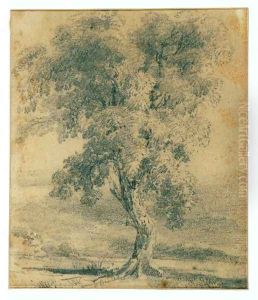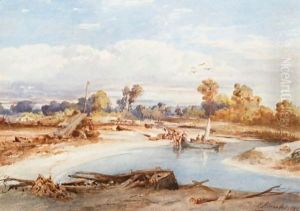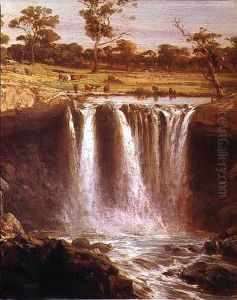Louis Buvelot Paintings
Abraham Louis Buvelot, commonly known as Louis Buvelot, was a Swiss landscape painter who made a significant contribution to Australian art with his realistic depictions of the Australian landscape. Born on March 3, 1814, in Morges, Switzerland, Buvelot developed an early interest in the arts. He studied at Lausanne before moving to Paris in 1834 where he continued his education in painting.
In Paris, Buvelot was influenced by the Barbizon school, a movement that emphasized naturalism and plein air painting, which would become evident in his later works. Unfortunately, Buvelot did not achieve great success in Europe, and after facing financial difficulties, he decided to seek new opportunities abroad.
Buvelot moved to Brazil in 1843, where he lived for the next 20 years. His work from this period included Brazilian landscapes and portraits. In 1865, he left Brazil and eventually settled in Australia, arriving in Melbourne in 1865. Buvelot's arrival in Australia coincided with a growing appreciation for the Australian landscape and a desire to establish a distinct Australian art identity separate from European traditions.
In Australia, Buvelot's work was characterized by his meticulous observation of nature, capturing the unique quality of light and atmosphere in the Australian bush. His landscapes were not just topographical depictions but also conveyed a sense of the emotional and poetic character of the land. His paintings like 'Summer Afternoon, Templestowe' and 'Waterpool near Coleraine, Sunset' are notable examples that reflect his ability to depict the serenity and vastness of the Australian countryside.
Buvelot's influence extended beyond his own work. He was a mentor to younger Australian artists, including Frederick McCubbin and Tom Roberts, who would go on to become key figures in the Australian Heidelberg School of impressionist painting. Through his teaching and his art, Buvelot played a crucial role in the development of an authentic Australian approach to landscape painting.
Louis Buvelot died on May 30, 1888, in Melbourne. His legacy continued to shape Australian art, and today he is remembered as a pivotal figure who helped to foster a sense of national identity through the visual arts. His works are held in major collections across Australia, including the National Gallery of Victoria and the Art Gallery of New South Wales.
